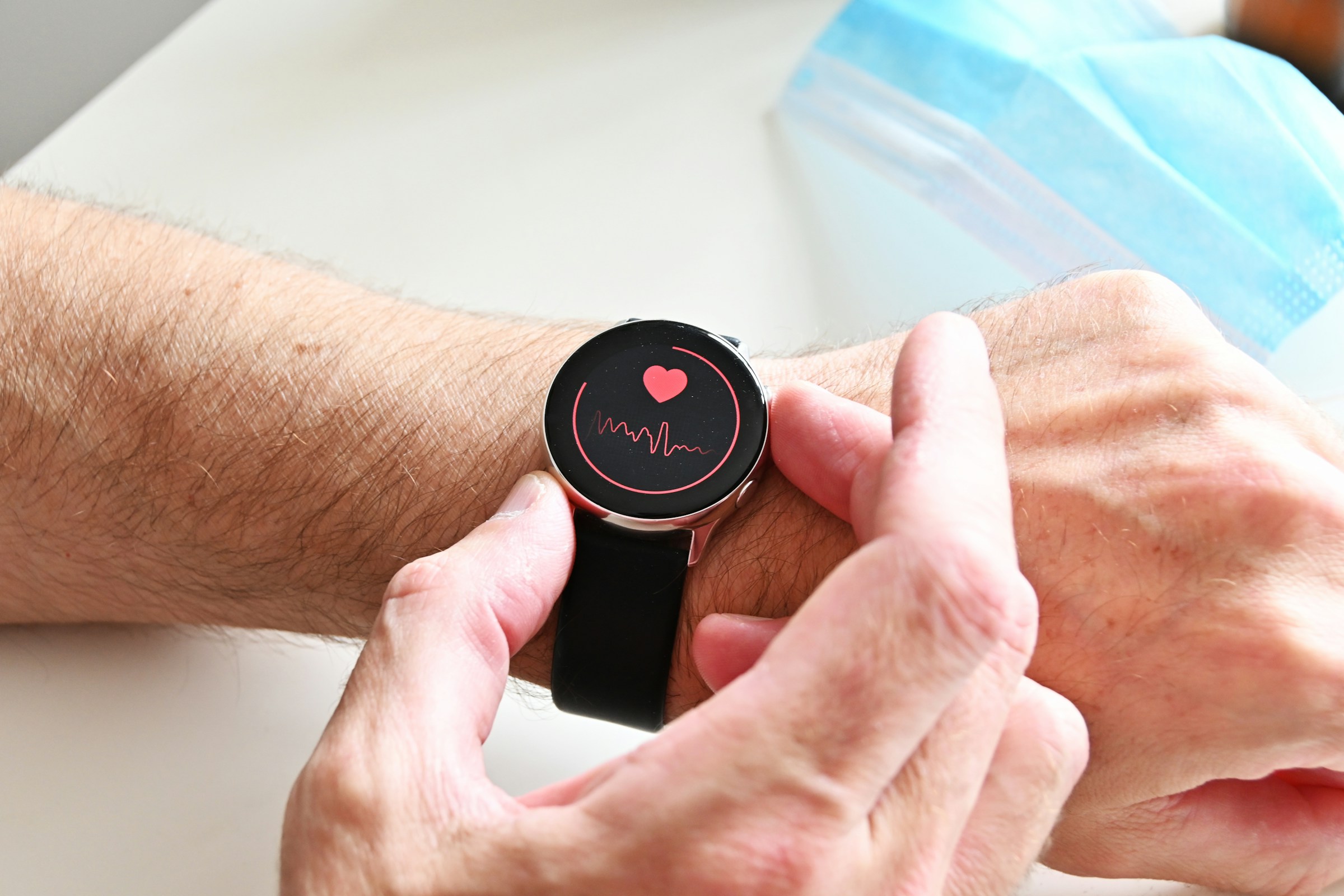What if you could sit down in a warm, relaxing place, combat obesity, and achieve the same benefits of a mild cardiovascular workout? People from all around the world have been using saunas for thousands of years and studying the many advantages. Today, TikTokers are also raving about this Scandinavian wellness tradition that could reduce your risk of a range of chronic conditions. Let’s take a look at the mounting research and the benefits of the sauna.
What is the sauna?

Sauna is a Finnish word referring to the traditional Finnish bathhouse. The sauna is a warm, dry room designed to help you relax in dry heat. It’s a wooden structure with wooden benches for you to sit on. Traditionally, people throw water onto hot stones to produce steam and heat the small room. You can find different types of saunas, including one or two-person saunas or rooms to fit several people. The temperature usually ranges from 150-195°F.
What are the benefits of the sauna?

Research reveals numerous health benefits of the sauna. For example, one study showed that men who had a sauna session most days of the week over a roughly 20-year period were 50% less likely to have a fatal heart attack compared to men who took one sauna a week or less. Saunas can also reduce your risk of dementia, stroke, and insulin resistance, which is a precursor to type 2 diabetes. Regular sauna sessions could lower your cortisol and diminish your overall stress levels.
The hot room stimulates your body’s natural ability to regulate temperature, which induces metabolic changes and prompts the production of heat shock proteins at the cellular level. Heat shock proteins or HSPs enhance many of your bodily functions, including immunity and your cardiovascular system. HSPs can reduce muscle atrophy, help prevent Alzheimer’s disease, increase longevity, and more.
How many minutes in the sauna combats obesity?

Recent research presented at the Nutrition 2024 Conference and led by researcher Soonkyu Chung further highlighted the benefits of the sauna. The study revealed that daily 30-minute whole-body heat exposure to a warm room or environment like a sauna could help combat age-related obesity and insulin resistance.
Benefits similar to mild aerobic training

A study published in Health Science Reports concluded that for those who are unable to perform aerobic exercise, getting in the sauna could provide some similar benefits acutely. Research also shows interesting advantages of taking a sauna following a workout for improving markers of exercise capacity in hot and temperate conditions.
As long as you follow the guidelines of the sauna you’re using, saunas are an excellent way to safely achieve the same benefits as a mild cardiovascular workout and lower your risk of a range of chronic diseases and ailments. From getting better sleep to combating obesity, enhancing muscle recovery, and reducing inflammation, it’s worth stepping into the sauna and sweating.




